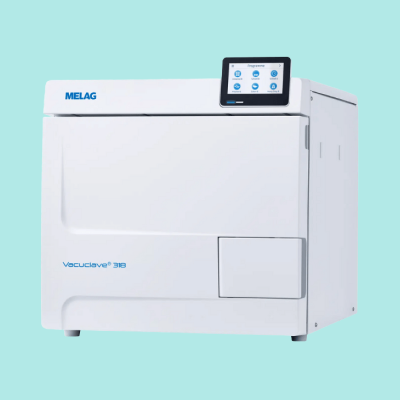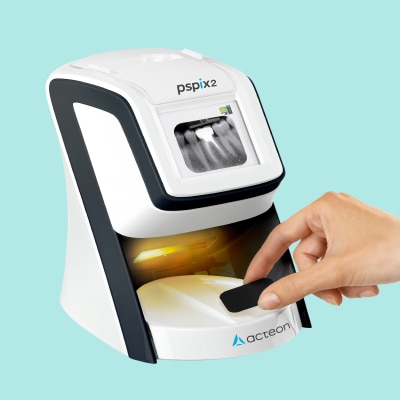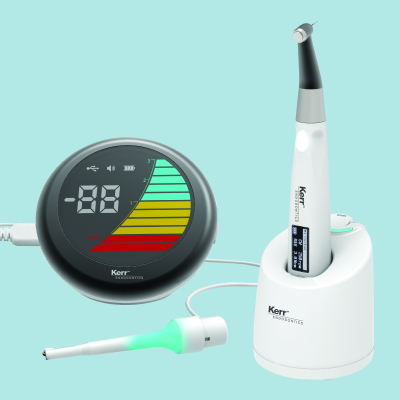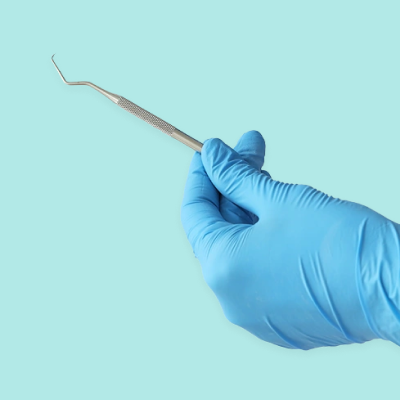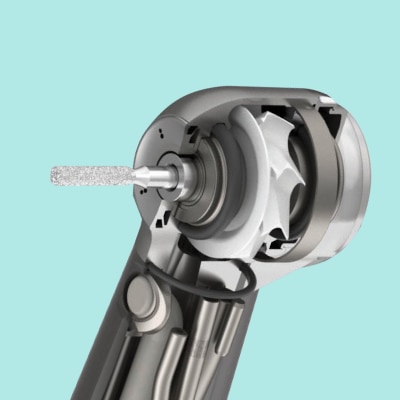Do you ever have doubts as to whether your dental curing device is fully curing your fillings? Monitoring the efficiency of your curing light is extremely important as it can help erase any doubts you might have and improve clinical performance.
What’s Causing Doubt?
There are two main causes of an insufficient cure. These are:
1. The light intensity emitted by the curing light is insufficient (e.g., because of a technical defect)
Solution: Check the light intensity regularly using a reliable measuring device (radiometer) such as the Bluephase Meter II to be sure that you are getting the correct amount of light. As the light intensity is always measured in relation to the light emission window, the diameter of the light guide should first be determined and then entered into the radiometer. If the curing light emits a light intensity of less than 400 mW/cm2, it is recommended that a new curing light is purchased.
2. The initiator system of the filling material responds to a different wavelength range than the one covered by your curing light
Solution: All light-cured materials come with specific instructions which should be followed to ensure proper polymerisation.
Regular use of a radiometer can help ensure adequate polymerisation for a consistently high quality of light-curing restorations.
Kent Express Recommends
Bluephase Meter II
The Bluephase Meter II from Ivoclar Vivadent can provide the following benefits:
- Suitable for all types of polymerisation lights such as halogen, plasma, LED, etc.
- Ergonomic and handy design for daily mobile use
- Integrated template to determine the diameter of circular light probes
- Additional program to determine the light power in milliwatt [mW]
- Digital display
Kent Express Recommends
Bluephase Meter II
The Bluephase Meter II from Ivoclar Vivadent can provide the following benefits:
- Suitable for all types of polymerisation lights such as halogen, plasma, LED, etc.
- Ergonomic and handy design for daily mobile use
- Integrated template to determine the diameter of circular light probes
- Additional program to determine the light power in milliwatt [mW]
- Digital display
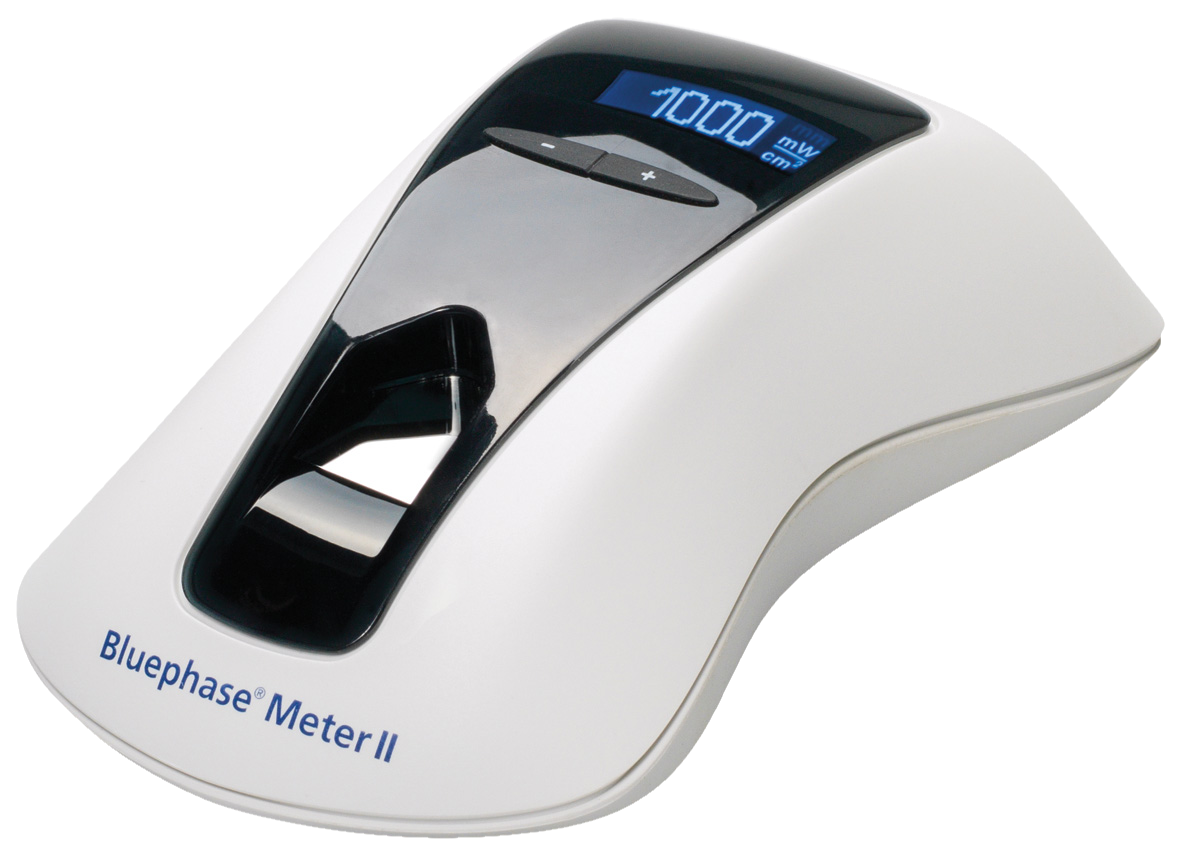
Bluephase Meter II Radiometer
Bluephase PowerCure LED
Curing lights themselves can help to monitor cure proficiency as you work.
The Bluephase PowerCure LED curing light from Ivoclar Vivadent automatically detects movement of the handpiece during the light-curing procedure. It alerts the user of the improper operation by vibrating and automatically extends the exposure time by 10 per cent, if necessary. If this movement prevents the material from curing properly, the light will automatically interrupt the exposure cycle so that it can be repeated.
Other advantages include:
- Reliable curing performance for all light-curing materials
- Short curing times starting from 3 seconds due to a high intensity up to 3,000 mW/cm2
- Wide 9mm light guide for time-saving single-exposure curing procedures
- Additional Pre-Cure program
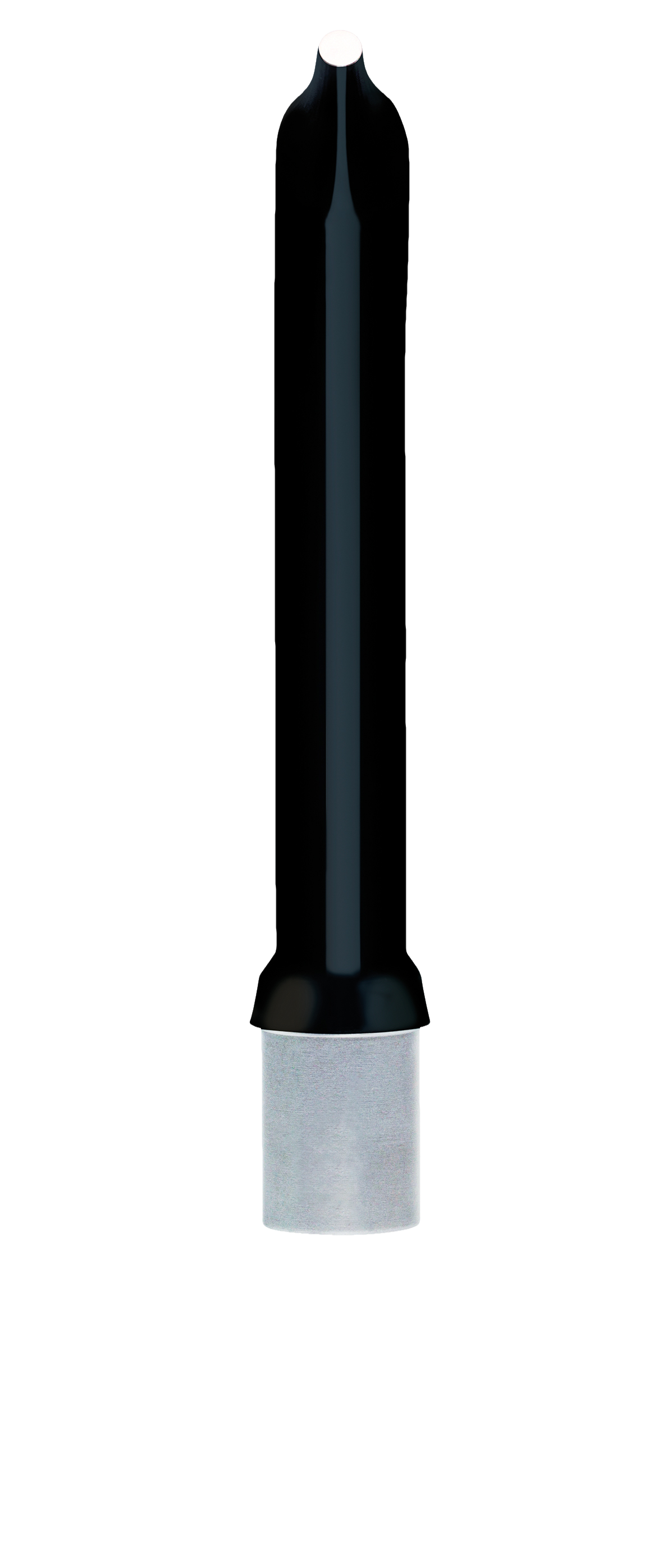
Light Guide Pin-Point 2mm Black
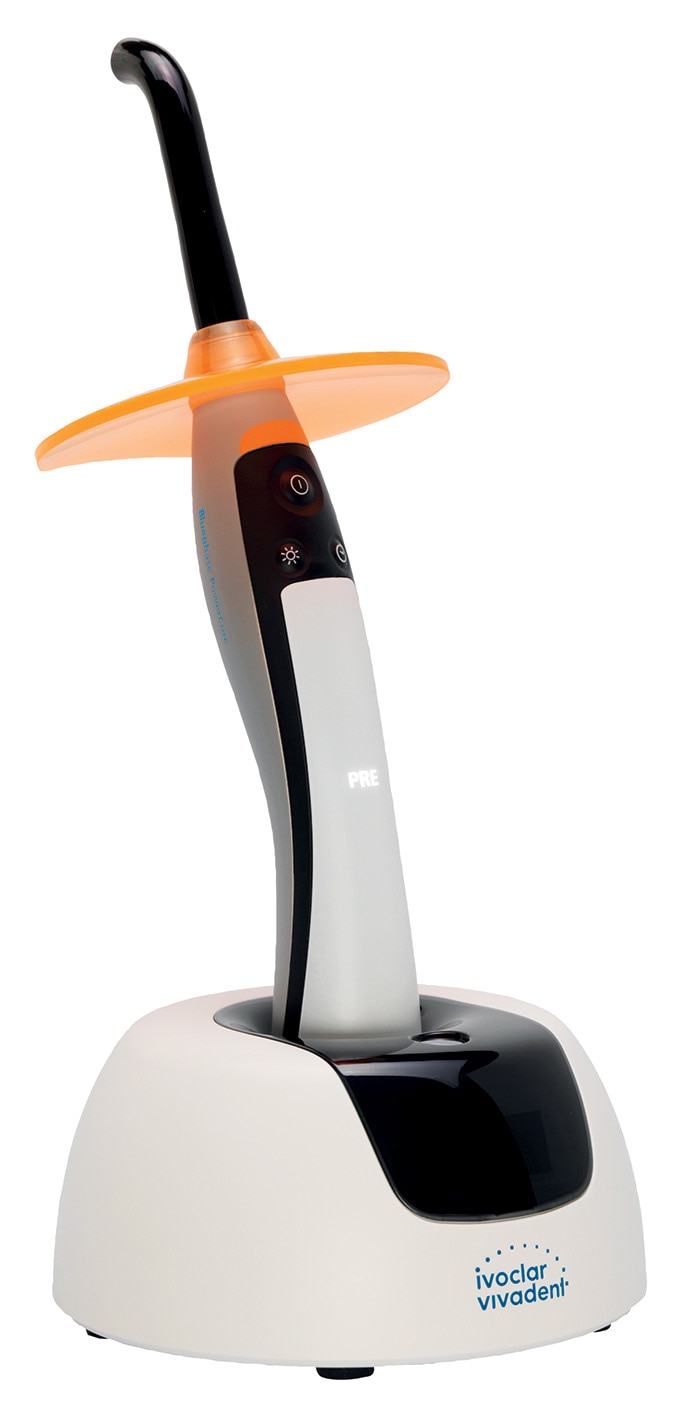
Bluephase PowerCure 100-240V

Bluephase PowerCure & System Kit Mixed

Bluephase PowerCure & System Kit Syringe
A simple definition of CAD/CAM dentistry is the use of digital software to design and manufacture dental restorations and prostheses. CAD stands for computer-aided design and CAM stands for computer-aided manufacturing. The technology can be used to create crowns, dentures, inlays, onlays, bridges and veneers among other things. The speed of the CAD/CAM process allows for dental prosthetics to be designed, manufactured and delivered to the patient in quick time, sometimes the same day. The wider system of using computer assisted technologies to produce restorations is known as CEREC (Chairside Economical Restoration of Aesthetic Ceramics).

Light Guide Pin-Point 2mm Black

Bluephase PowerCure 100-240V

Bluephase PowerCure & System Kit Mixed






